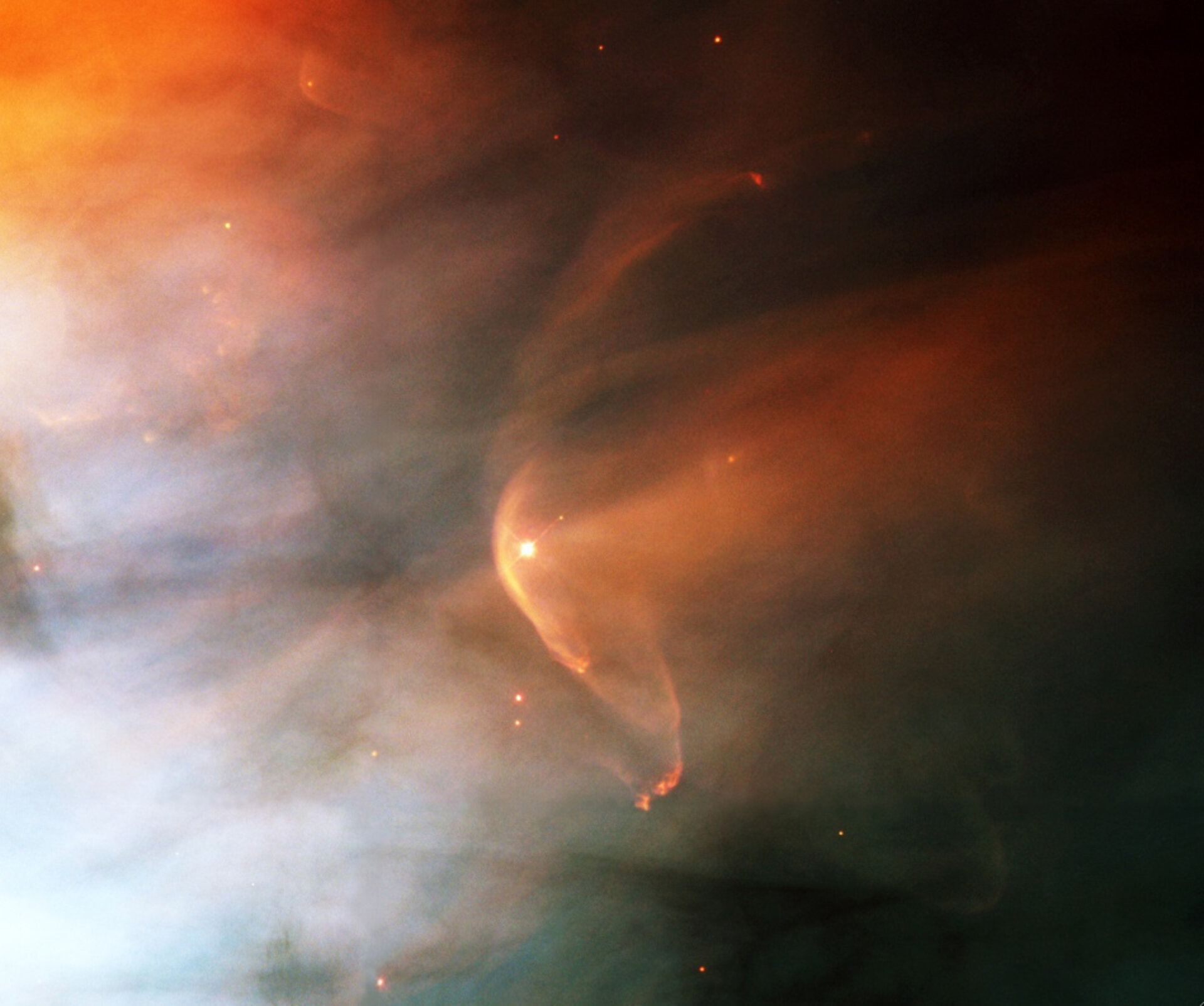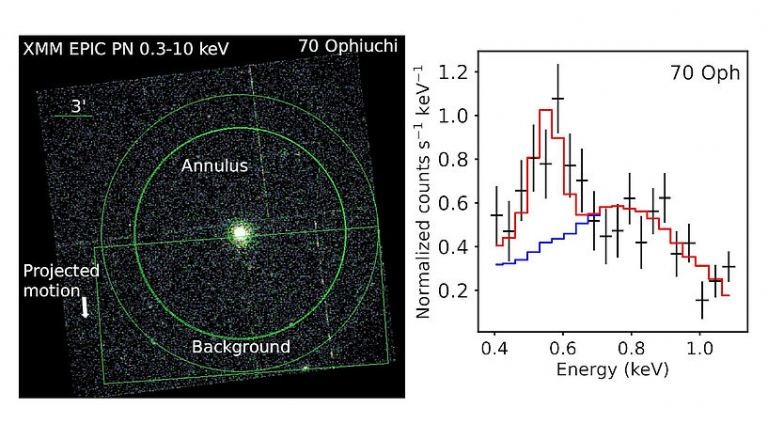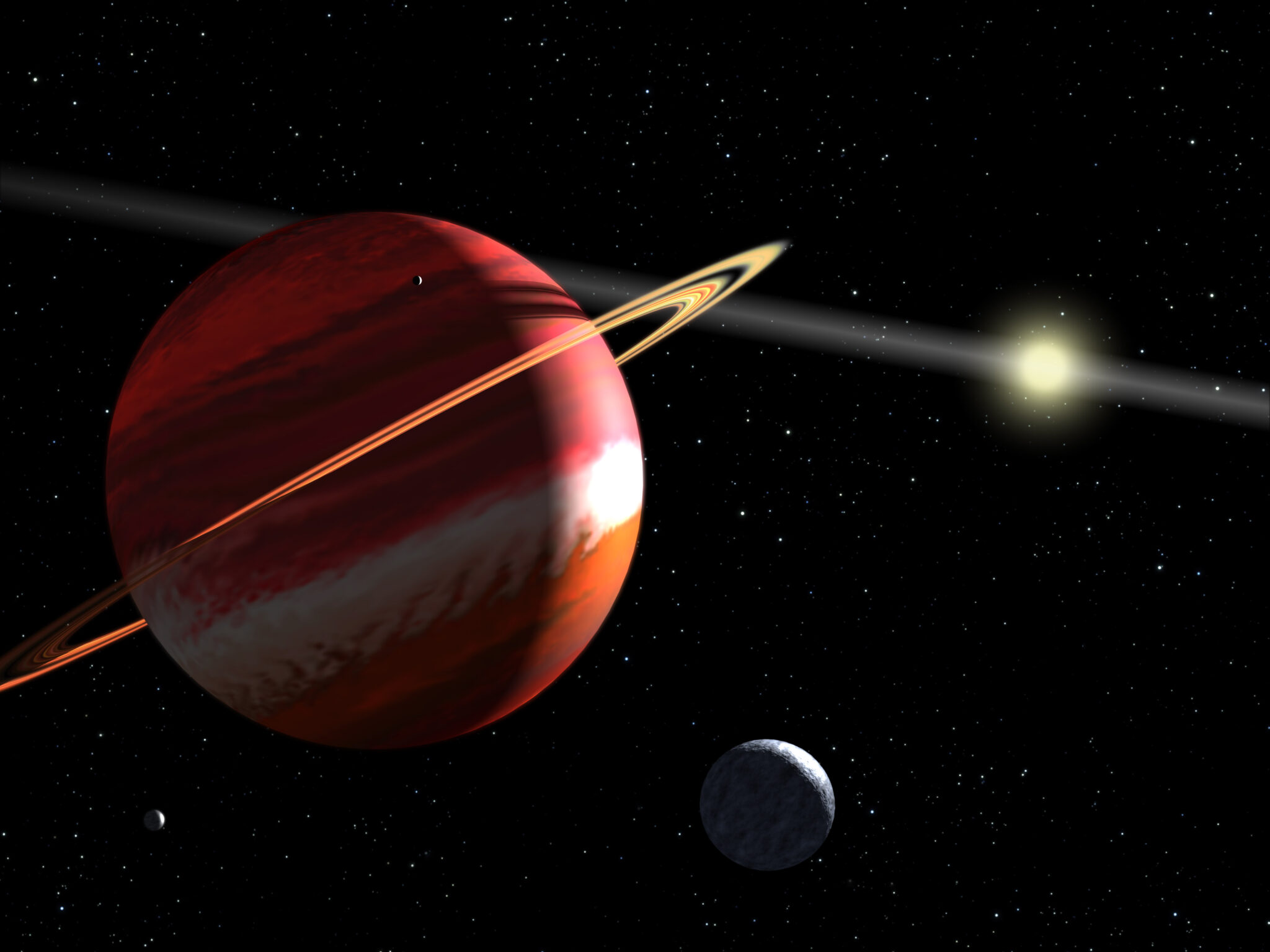An international team of researchers led by the University of Vienna has made a huge breakthrough. In their recently published study in the journal Nature Astronomy, they described the first direct measurements of the stellar wind rate in three planetary systems similar to our Solar System.

Using X-ray data obtained from the European Space Agency’s XMM-Newton multi-mirror telescope, they measured the rate of mass loss of these stars due to stellar wind. The results of this study help to understand the evolution of stars and planets and provide grounds for predicting the future development of our Solar System.
Astrospheres like our heliosphere, the outer atmospheric layer of the Sun, consist of hot plasma that is pushed by the solar wind into interstellar space. These winds affect the processes leading to the loss of planetary atmospheres in space. The study of these winds helps to determine whether planets can become viable or become only dead rock worlds.
Although stellar winds consist primarily of protons, electrons, and alpha particles, they also contain small amounts of heavy ions and atomic nuclei such as carbon, nitrogen, oxygen, silicon, and even iron. Despite their importance for stellar and planetary evolution, the winds of stars like the Sun are notoriously difficult to contain. However, it is known that these heavier ions capture electrons from neutral hydrogen, which leads to X-rays. Using data from the XXM-Newton mission, scientists have detected these emissions from other stars.

Astronomers measured the winds of the planetary systems 70 Ophiuchi, Epsilon Eridani and 61 Cygni with sun-like main sequence stars. The team of researchers used a new algorithm to isolate the contribution of stars and their astrospheres to the radiation spectra. This allowed them to detect charge exchange signals from oxygen ions of the stellar wind and neutral hydrogen in the surrounding interstellar medium.
It turned out that the winds from these stars were much stronger than from our Sun, which could be a consequence of the stronger magnetic activity of these stars. By observing the spectral lines of oxygen ions, they were able to directly determine the total mass of the stellar wind emitted by all three stars. For the three studied stars, they estimated the rate of mass loss at 66.5±11.1; 15.6±4.4 and 9.6±4.1 times the rate of mass loss of the Sun, respectively.

This is the first detection of X-ray radiation from extrasolar astrospheres. The results also provide grounds for improving models of stellar winds and understanding their impact on planets.
In the future, this method may be facilitated by next-generation missions such as the Athena mission, which will have a high-resolution X-ray spectrometer. This will provide a more detailed picture of the stellar winds and astrospheres of distant stars, which is important for understanding their suitability for life and improving models of the evolution of solar systems.
Earlier, we reported on how the NASA probe registered the “disappearance” of the solar wind.
According to universetoday.com
Follow us on Twitter to get the most interesting space news in time
https://twitter.com/ust_magazine


